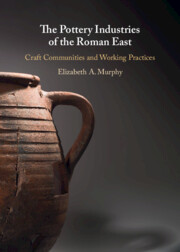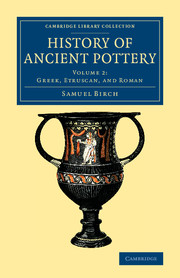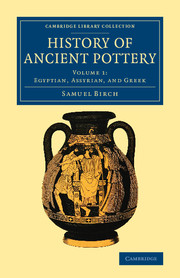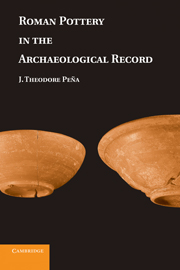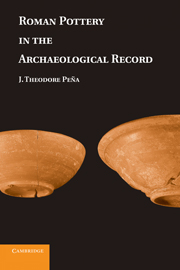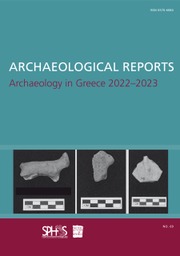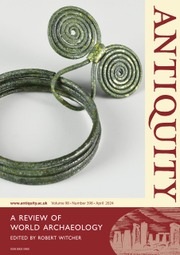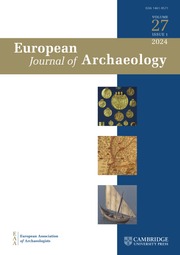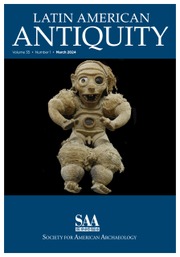The Pottery Industries of the Roman East
What was the social experience of work in the ancient world? In this study, Elizabeth Murphy approaches the topic through the lens offered by a particular set of workers, the potters and ceramicists in the eastern provinces of the Roman Empire. Her research exploits the rich and growing dataset of workshops and production evidence from the Roman East and raises awareness of the unique features of this particular craft in this region over several centuries. Highlighting the multi-faceted working experience of professionals through a theoretically-informed framework, Murphy reconstructs the complex lives of people in the past, and demonstrates the importance of studying work and labor as central topics in social and cultural histories. Her research draws from the fields of archaeology, social history and anthropology, and applies current social theories --- communities of practice, technological choices, chaîne opératoire, cultural hybridity, taskscapes – to interpret and offer new insights into the archaeological remains of workshops and ceramics.
- Highlights the multi-faceted working lives of everyday professionals through a theoretically informed framework
- Integrates theoretical perspectives and datasets from archaeology, social history, and anthropology, demonstrat\ing to readers how inter-disciplinary approaches can yield important new perspectives on the archaeological record
- Integrates the archaeological data from a region (the Roman East) which has not yet received a comparative and large-scale treatment
Product details
March 2025Adobe eBook Reader
9781009514620
0 pages
This ISBN is for an eBook version which is distributed on our behalf by a third party.
Table of Contents
- 1. Introduction
- 2. Workshops: models vs practice
- 3. Process, people and working conditions
- 4. Cultural practices and ritual lives of potters in the workshop
- 5. Potting traditions, craft learning and product innovation
- 6. Socially embedded technologies and local technological styles
- 7. Internal social dynamics of industry clusters: cooperation and competition
- 8. Urban industry, topographies and community relations
- 9. Conclusion.

